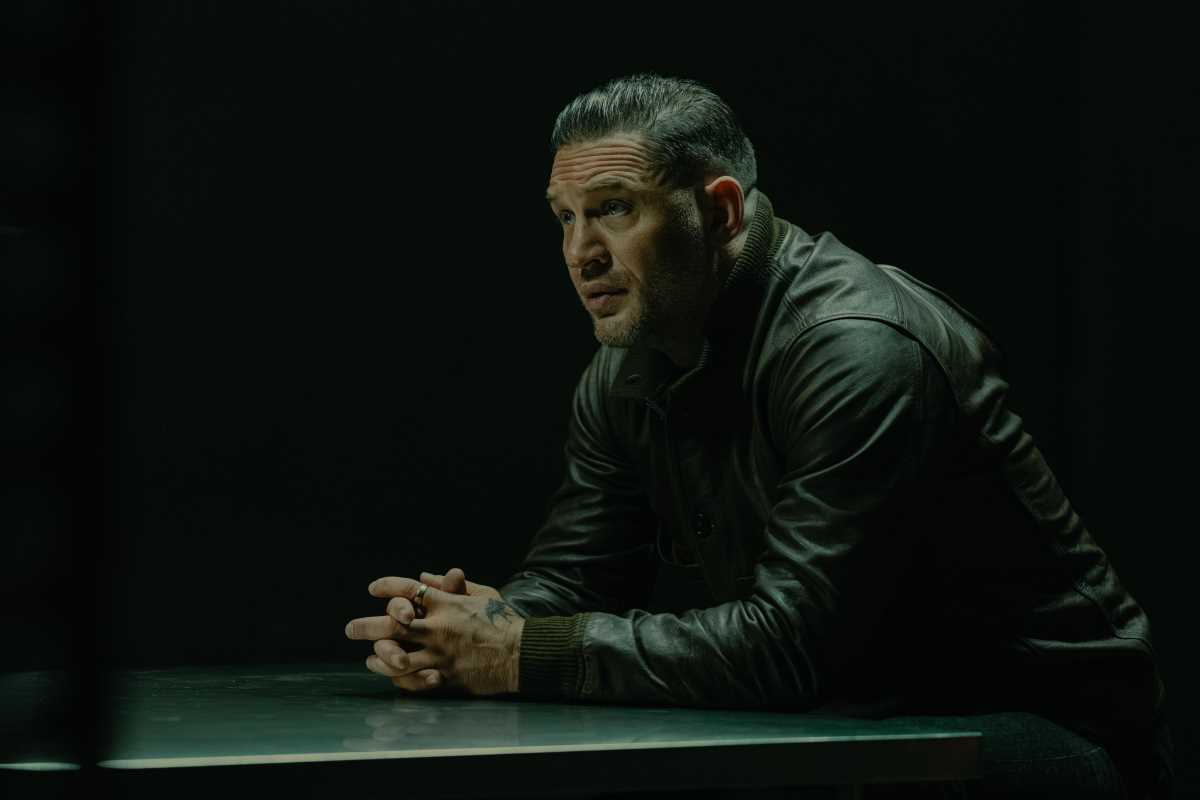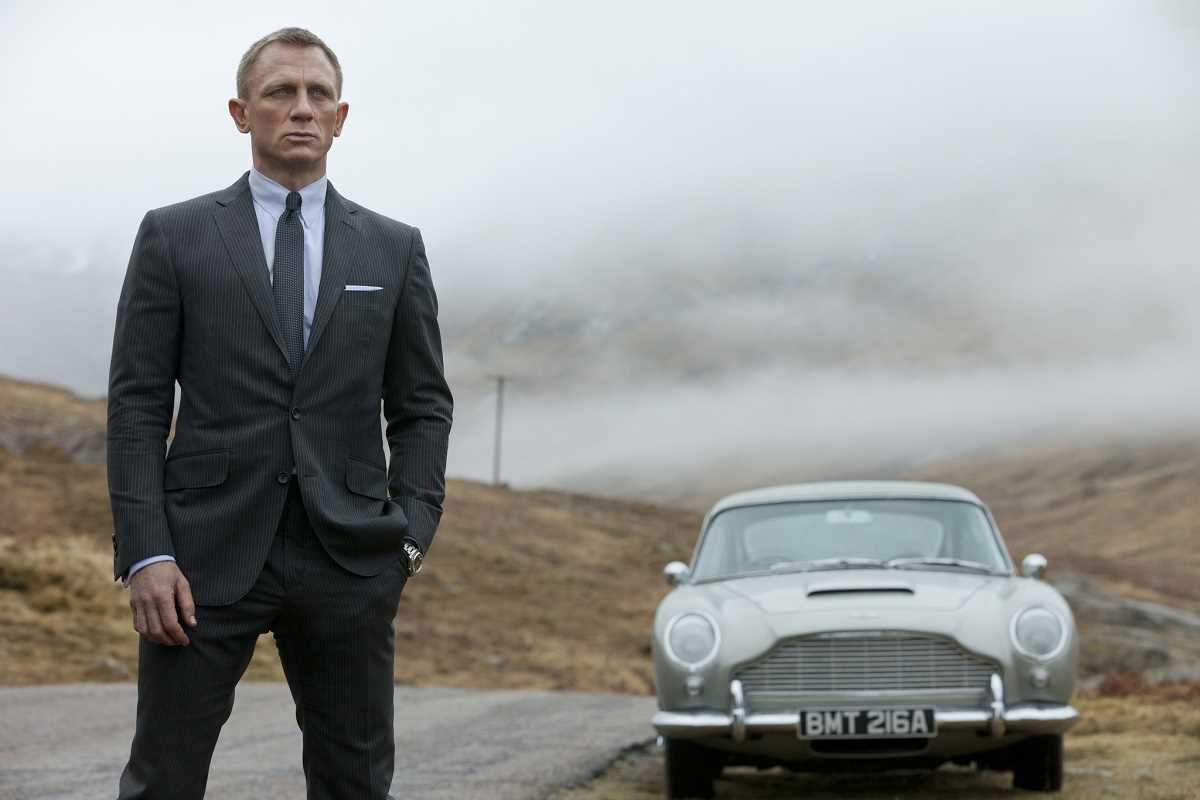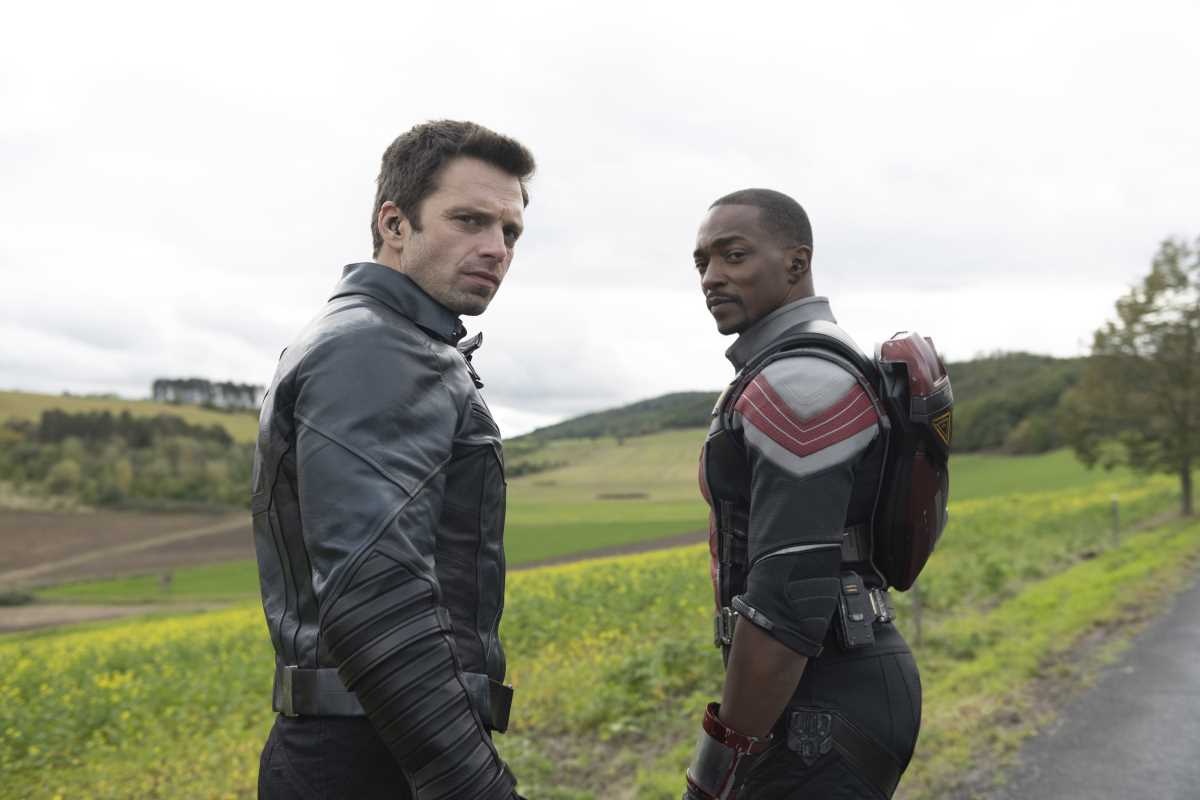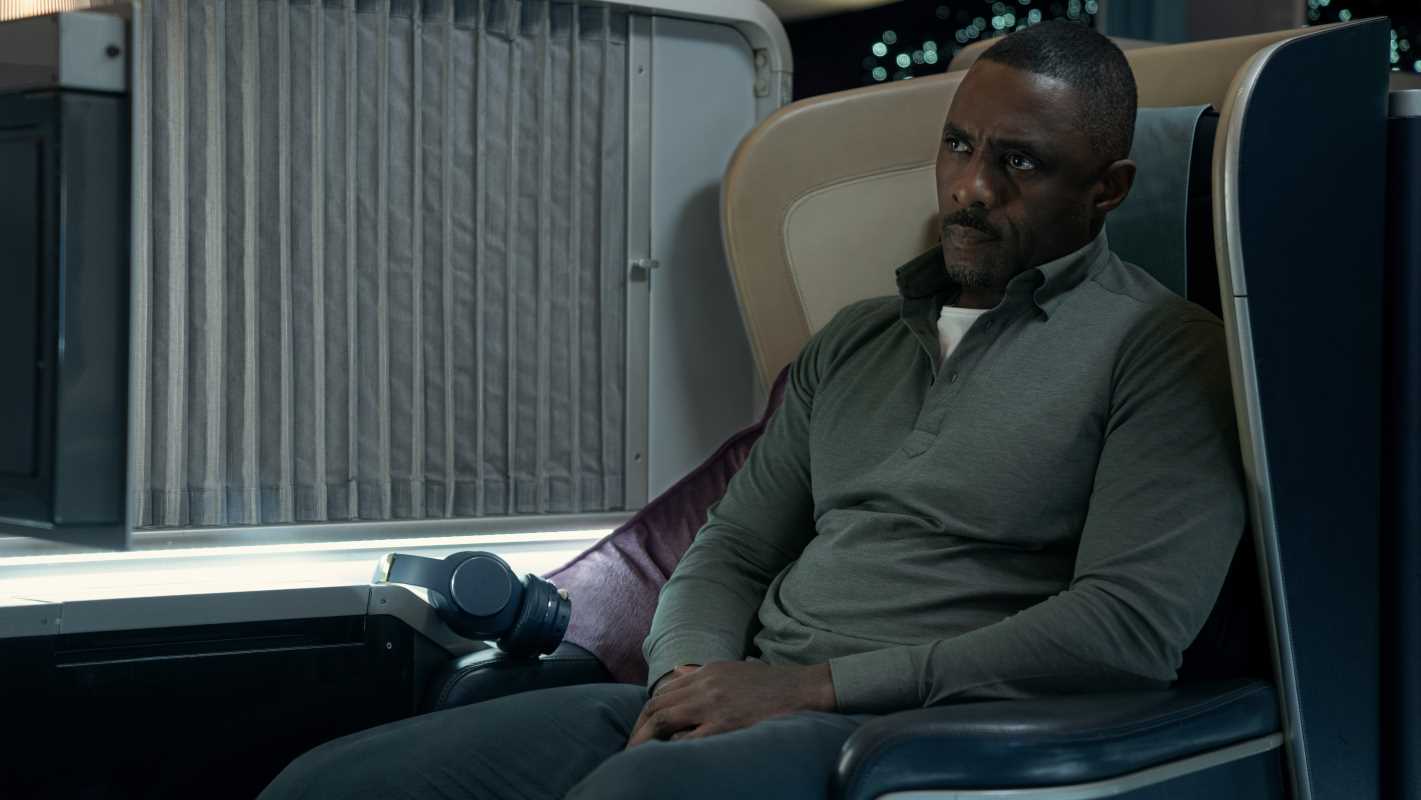An actor’s performance is about much more than just delivering lines. It is a complete physical and emotional transformation, and costume design is a critical, often unsung, part of that process. A character’s wardrobe is the skin they live in, informing their posture, their movements, and their very essence. The right outfit can tell an entire story before a single word is spoken.
The upcoming 2025 Oscars highlight several powerhouse performances where the actors’ looks were not just clothing, but crucial extensions of their characters. These wardrobes helped build worlds, define personalities, and amplify the narrative. From the stark minimalism of post-war architecture to the chaotic flair of a young folk icon, the costumes were as pivotal as the scripts. We are diving into five of the most compelling, Oscar-nominated performances and breaking down how their on-screen looks were instrumental in their success.
Adrien Brody as László Tóth in The Brutalist
In The Brutalist, Adrien Brody delivers a haunting performance as László Tóth, a Hungarian-born Jewish architect who survives the Holocaust and attempts to rebuild his life in post-war America. The film is a stark, meditative exploration of trauma, ambition, and the coldness of modernist design. Brody’s portrayal is defined by a profound sense of stillness and weight. His character is a man carrying the immense burden of his past, and his clothing is the uniform of his self-imposed austerity.
The Look That Built the Man
The costume design in The Brutalist is a masterclass in minimalism. Tóth’s wardrobe consists almost entirely of dark, heavy, and structured suits. These are not the sharp, tailored suits of a wealthy man, but the functional, almost severe garments of a European intellectual transplanted into a new world. The fabrics are thick wools and tweeds in shades of charcoal, black, and somber brown, mirroring the concrete and steel of the brutalist structures he designs.
Brody’s performance is deeply physical, and the costumes amplify this. The suits seem to weigh him down, forcing a rigid, contained posture. This is a man who has learned to make himself small and unnoticeable to survive, and his clothing reflects that containment. There is no room for flair or personal expression; every piece is practical and protective. This stark visual language reinforces Tóth’s internal state—a man so consumed by his vision and haunted by his past that he has stripped away all non-essentials, both in his architecture and in his life. The dark, formal attire becomes a shell, shielding a deeply fractured soul.
Timothée Chalamet as Bob Dylan in A Complete Unknown
Playing a cultural icon as singular as Bob Dylan is a monumental task, but in A Complete Unknown, Timothée Chalamet captures the enigmatic spirit of the young folk singer on the cusp of revolutionizing music. The film chronicles Dylan’s controversial transition from acoustic folk hero to electric-wielding rock star. Chalamet embodies Dylan’s restless energy, his poetic mumble, and his defiant, almost prickly intelligence.
The Look That Defined a Generation
The costumes are central to telling the story of Dylan’s evolution. In the early scenes in Greenwich Village, Chalamet sports the quintessential folk uniform: worn-in denim, corduroy jackets, simple work shirts, and a newsboy cap. The clothes are practical and unpretentious, reflecting the earnest, salt-of-the-earth ethos of the folk movement. This look establishes him as a man of the people, an authentic voice for a generation.
As Dylan’s fame grows and he begins to embrace the electric guitar, his style becomes sharper and more rebellious. The workwear is swapped for slim-fitting black suits, Chelsea boots, and his iconic Wayfarer sunglasses. This is the look of the '60s mod, a style that was cool, confrontational, and undeniably modern. The sunglasses, in particular, become a crucial prop, a barrier between Dylan and a world that desperately wants to define him. Chalamet uses the costumes to signal this internal shift. The shift from soft, approachable fabrics to sharp, dark silhouettes mirrors Dylan’s move from communal folk artist to singular, almost alien rock star. The clothes are his armor against the boos at the Newport Folk Festival and the confusion of his oldest fans.
Sebastian Stan and Jeremy Strong in The Apprentice
The Apprentice delves into the dark mentorship between a young, ambitious Donald Trump and the ruthless, politically connected lawyer Roy Cohn. Sebastian Stan’s transformation into Trump is uncanny, capturing his vocal patterns and physical bravado. Jeremy Strong, meanwhile, is chillingly effective as Cohn, a man who oozes menace and transactional power. The film explores the corrupting influence of power, and the costumes are a key visual cue for the characters’ moral decay.
Sebastian Stan’s Power Suits
As the young Donald Trump, Sebastian Stan’s wardrobe charts his rise from a real estate heir to a symbol of 1980s excess. In the beginning, his suits are slightly ill-fitting, the style of a man trying to project more power than he actually has. They are generic, off-the-rack approximations of wealth.
As Cohn’s influence grows, Trump’s style sharpens. The suits become more expensive, the tailoring more precise, and the shoulders more padded. The power suit of the ‘80s becomes his uniform. The wide lapels, bold pinstripes, and shiny silk ties are all signifiers of the era’s aggressive capitalism. Stan’s posture changes in these suits; he stands taller, his gestures become broader. The clothes help him embody the character’s burgeoning arrogance and the belief that appearance is reality.
Jeremy Strong’s Sinister Style
Jeremy Strong’s Roy Cohn is a study in contained evil. His wardrobe is deceptively simple but speaks volumes. He favors dark, impeccably tailored double-breasted suits that convey an aura of old-world, untouchable power. Unlike Trump’s flashy attire, Cohn’s style is about projecting authority and intimidation, not just wealth.
The fit of his suits is severe, almost like armor. The dark colors and traditional cuts make him seem like a shadow, a figure who operates in the backrooms where real power is brokered. Strong uses the formality of the wardrobe to create a chilling contrast with Cohn’s vile, unethical actions. He is a predator in a bespoke suit. The look reinforces his role as the master puppeteer, a man whose quiet, controlled appearance masks a deep and destructive corruption.
Kieran Culkin as Benji Kaplan in A Real Pain
In A Real Pain, Kieran Culkin gives a deeply moving and often hilarious performance as Benji, a man who joins his more reserved cousin on a heritage tour of Poland to honor their late grandmother. Benji is a whirlwind of anxious energy, inappropriate jokes, and raw, unfiltered emotion. He is messy, complicated, and utterly captivating. His performance hinges on a sense of chaotic unpredictability, and his wardrobe is a perfect reflection of his personality.
The Look of a Man Unraveling
Benji’s style is a hodgepodge of mismatched items that look like they were thrown into a suitcase without a second thought. He wears loud, slightly dated graphic tees, comfortable but unstylish cargo shorts, and practical-but-clunky sneakers. Nothing quite goes together, creating a visual representation of his internal chaos. He is a man who doesn’t fit in, and his clothes make that immediately clear.
The wardrobe choices enhance Culkin’s performance by giving him something to physically inhabit. He fidgets with the drawstring on his hoodie, he pulls at the collar of his ill-fitting t-shirt. His clothes seem as restless and uncomfortable as he is. Unlike the other characters on the tour, who are dressed in sensible, muted travel wear, Benji stands out. His look is a cry for attention and a defense mechanism, simultaneously pushing people away while begging them to see the pain he’s hiding. It is a brilliant example of how a seemingly "normal" or even "bad" outfit can provide profound character insight. The clothes are not a costume; they are the authentic, messy skin of a man struggling to hold himself together.
 (Image via
(Image via





